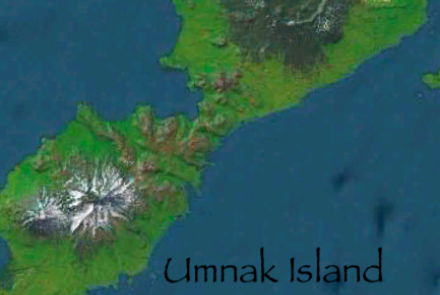Snowball in Siberia
One of the major mysteries of the century is the violent explosion occurring June 30, 1908 over the Stony Tunguska River, north of Lake Baikal in central Siberia. This explosion was about the size as the Mt. St. Helens eruption on May 18, 1980; i.e., about the same as a ten megaton atomic blast.
Much more so than the Mt. St. Helens eruption, the Tunguska blast felled forests in the vicinity. Trees within 30 miles (45 km) were blown down in a radial pattern pointing back to the site of the explosion. The local destruction plus the seismic and sound waves that spread around the world from the Tunguska explosion pointed to the impact of a giant meteorite.
However, extensive searches made over a period of many years failed to reveal an impact crater or any significant lasting evidence much other than the felled and burned trees. Russian investigators concluded that no object had actually struck the earth but that something had exploded a mile or two above the earth.
Whereas certain characteristics of the Tunguska explosion fit with the idea of a meteorite or comet exploding upon impact with the earth's dense lower atmosphere, more than a few investigators have thought there has to be another explanation. The result has been a collection of exotic suggestions involving earthly impacts with such heavenly bodies as anti-matter, black holes and damaged spaceships from another world.
The latest suggestion comes from scientists Thomas Ahrens and John O'Keefe whose work at Caltech gives added credence to a cometary explanation. They suggest that an ice-rich comet--in essence, a giant snowball--impacting at Tunguska would cause a giant explosive flash of steam. The explosion would create the requisite combination of immediate and lasting effects, according to Ahrens and O'Keefe. Of course, the cometary snowball itself would not be found since it would last no longer than its proverbial brother placed elsewhere.



